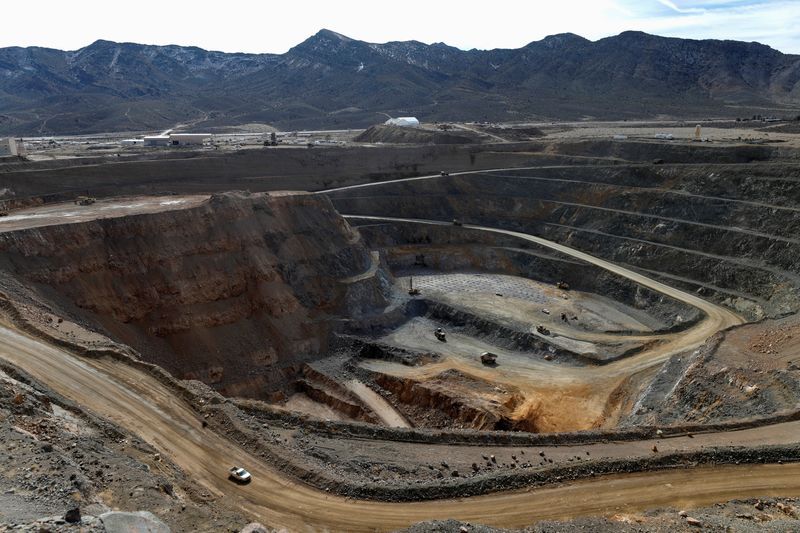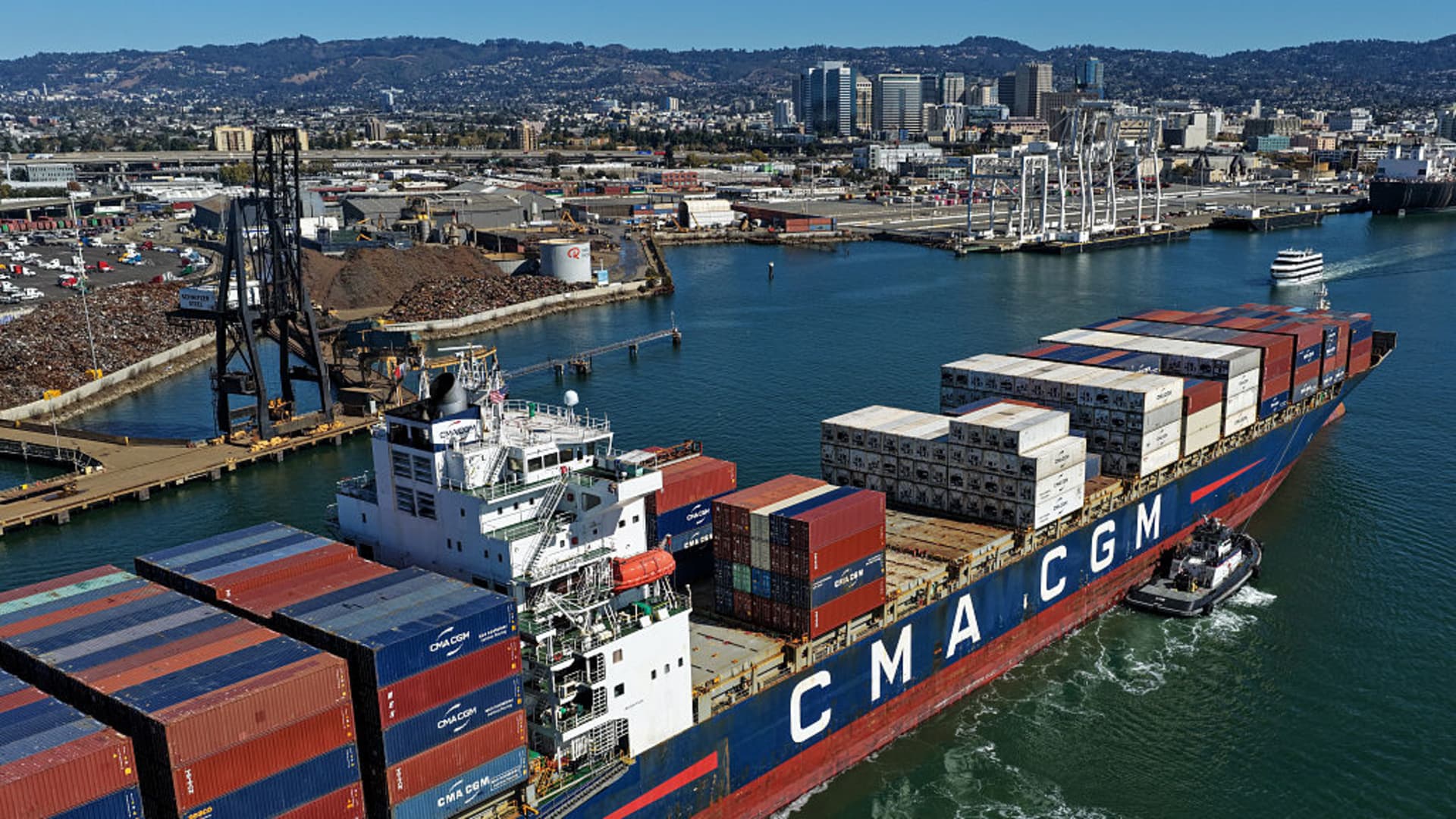By Eric Onstad and Amy Lv
LONDON/BEIJING (Reuters) -Prices of two rare earth elements needed for super-strong magnets have surged to their highest in more than two years after U.S. miner MP Materials (MP) stopped raw material exports to leading magnet maker China amid rising demand.
China dominates the global supply chain for rare earths, accounting for 90% of refining capacity and around 70% of mined output, but the U.S. has pushed back, signing a deal with its biggest producer MP in July to refine its output domestically.
MP’s shipments had in the past three years fed 7%-9% of China’s oxide production from mine output of rare earths neodymium and praseodymium (NdPr) – vital to magnets that power electric vehicles, wind turbines and defence equipment – consultancy Adamas said.
“MP’s shipments were a very material portion of NdPr oxide supply for China’s factories, so that’s left a big void,” said Ryan Castilloux, managing director of Adamas.
The Chinese price of NdPr oxide, regarded as a benchmark, has jumped to 632,000 yuan per metric ton or $88 per kg, the strongest since March 2023, from $63 on July 9.
Its 40% rally after several years of weakness will boost prospects for mine projects seeking investment outside China as the West seeks to wean off reliance on Beijing.
Boosting the West’s rare earth output became more urgent after China clamped down on exports in April amid a trade war with the U.S., prompting some auto plants to shut.
The U.S. government announced a ground-breaking deal with MP last month stipulating the company halt shipments to China. It also offered price support to MP for the NdPr it produces based on $110 per kg, at the time about twice the Chinese price.
MP had paused shipments to China in April due to high tariffs, but any shortage was masked by weakness in magnet demand due to Chinese export curbs, analysts said. U.S. rare earth ore supply to China slid in May and hit zero in June before jumping last month, probably due to the final MP shipments, they added.
China’s exports of rare earth magnets recovered to hit a six-month high in July after Beijing eased its export controls, having agreed a series of deals with the U.S. and Europe.
NdPr prices have been weighed down by oversupply in recent years and in March last year, they sank to 345,000 yuan, the weakest since November 2020.
Their recent gains have also been driven by a rebound in demand.
“China is currently in its peak manufacturing season for electric vehicles, wind turbines, and consumer electronics. This cyclical uptick in demand has put additional pressure on available NdPr supply,” said Neha Mukherjee, research manager for rare earths at consultancy Benchmark Mineral Intelligence.


